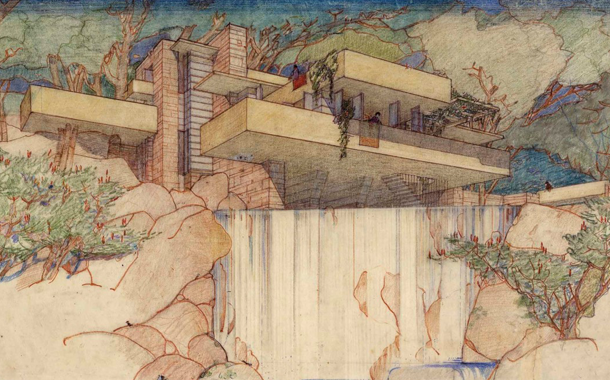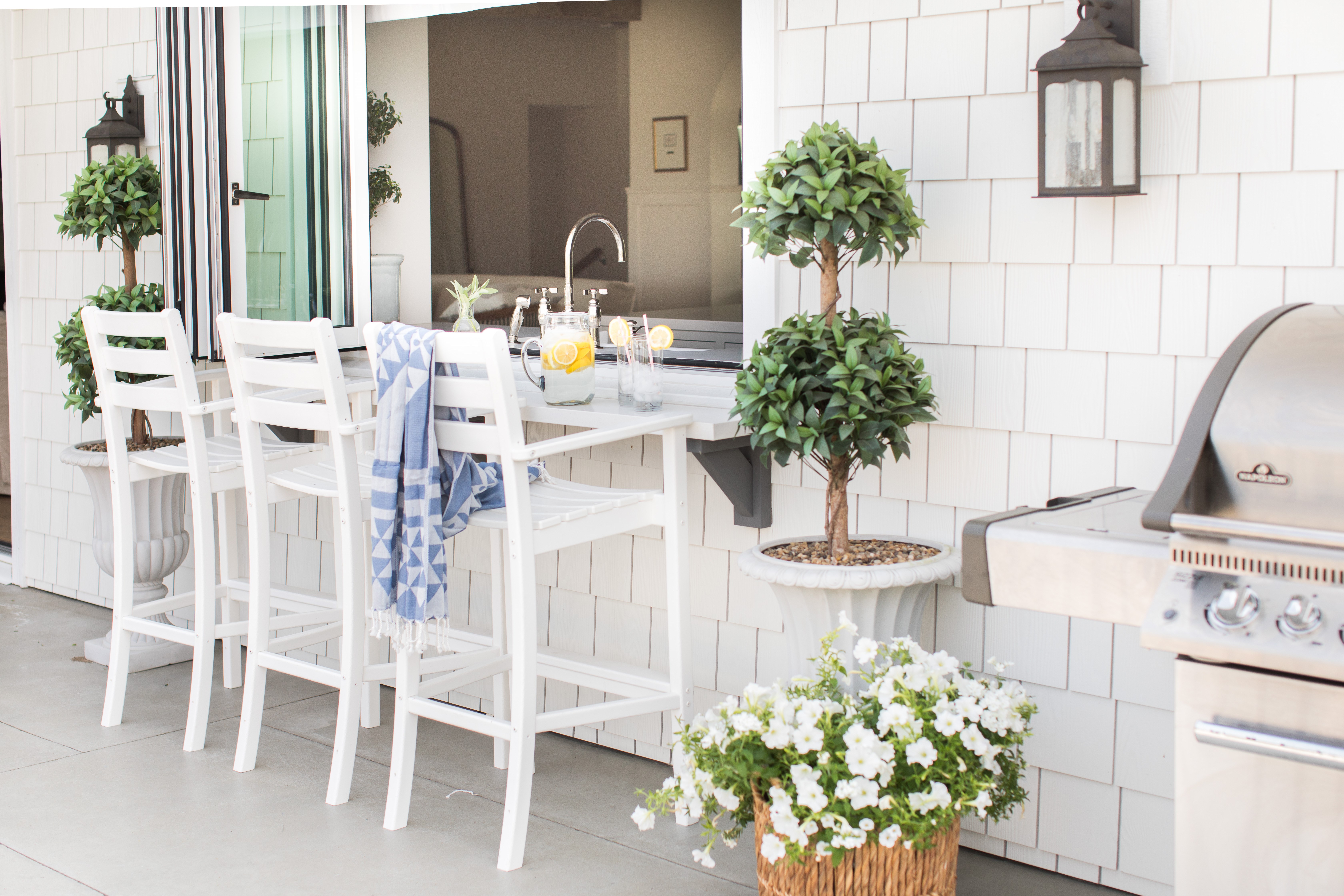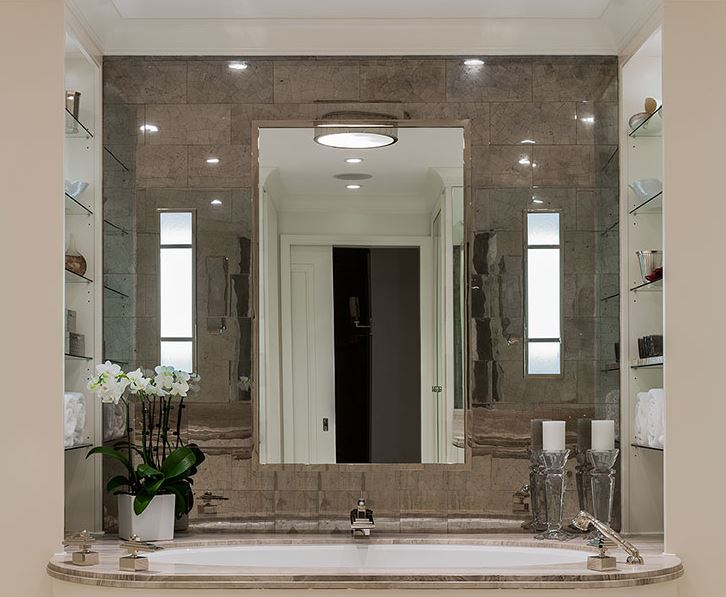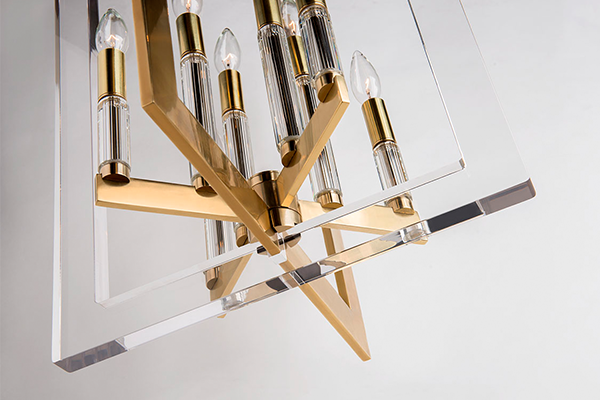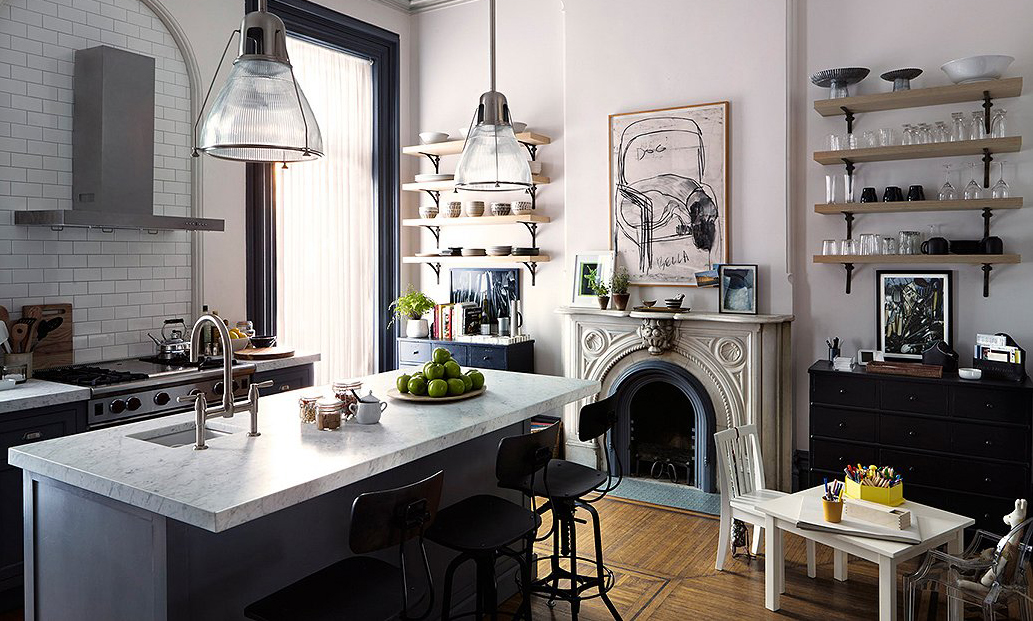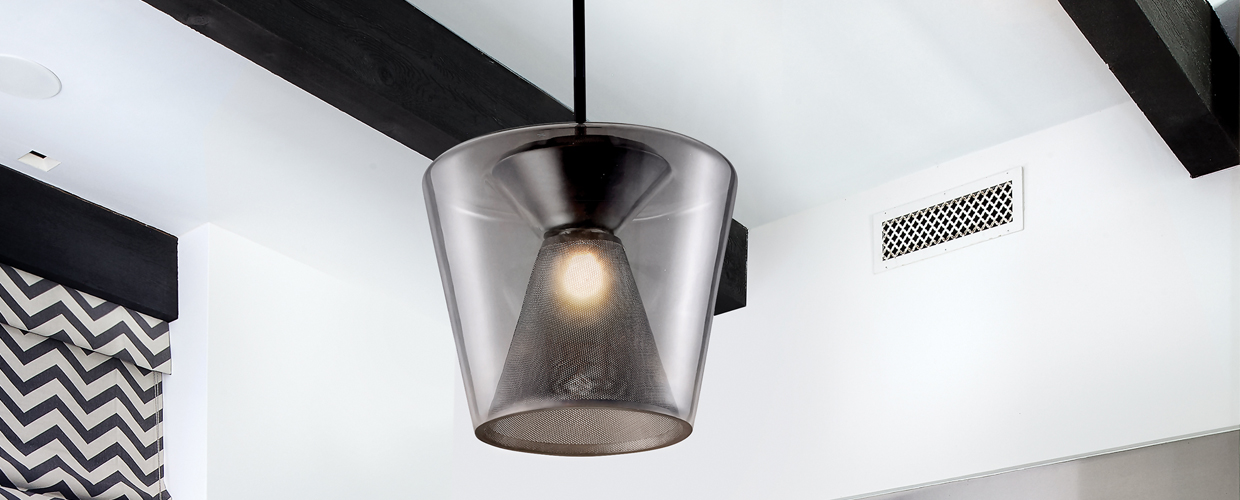“I believe a house is more a home by being a work of Art." —Frank Lloyd Wright

Hudson Valley Lighting Haverhill Pendants
Picture Credit: Katrina Mojzesz | Interior Design: Katja van der Loo
Homeowner and Design Director: Sue Walter | Builder: Pickell Architecture
In keeping with our theme of building up from a blank slate, today we take a cue from the season and discuss integrating nature objects into your home. The blankness of winter shows us how provocative something beautiful from the natural world appears when it contrasts with the subdued quality of winter’s palette. A curve of a tree’s branch can catch something in your chest when its dank, dark bark stretches against the grey sky a certain way. The cold heightens our inner imperative to nest. We can take suggestions from the season and our psyche and apply them to our living space in satisfying ways.
People have been incorporating nature into their homes for a long time. After all, we need shelter, not complete separation, from the outdoors. Many homes are essentially hewn out of nature in large part to begin with, so it is not a big leap. Wood floors and stone tables are nature modified to our needs. Frank Lloyd Wright and other architects took the idea to the next level, designing the home to work with nature rather than against it, building it into the specific spot of land which it would occupy. This approach exemplified Wright's core philosophy: “Any building that is organic, anywhere in time, will be appropriate to time, appropriate to place, and appropriate to man.”

Drawing of Projected Fallingwater residence by Frank Lloyd Wright
Beginning with Frank Lloyd Wright's very first residential client in 1893, “An important statement came to the fore in the treatment of materials for [the Winslow] house. The golden roman brick, white cast stone, and dark brown terra-cotta frieze of the upper story are left in their natural condition without application of paint or covering. Each material’s characteristic and color are respected. Instinctively, from the very beginning of his work, Wright had a sensitive and sympathetic attitude toward the nature of whatever material he employed, at a time in architecture when natural materials were painted [and] veneered." Lofty and impressive as Wright's ideas may be, for the established home not conceived with nature in mind, they are little more than inspirational touchstones. There is, however, a lot one can do in a given room to bring the aesthetic grace and connected feeling of nature to it.

Image Source: 2014 House Beautiful San Francisco Designer Showcase House
Designer: R. S. McDannell // Hudson Valley Lighting Pelham Pendant
While some have gone so far as to get an actual tree growing up through the house, Randy McDannell, above, applies the visual appeal of the idea, rooting a room whose purpose is earth-based (a potting shed) with a massive trunk as a table stand. Accenting it are live plants in the room and beautiful black-and-white photographs of vegetables. A thick mortar often adds weight and textural contrast to an area like the one pictured. At the same time, it is an item of real utility and can bring nature into the home, holding herbs and avocados.
The images below show how art can imitate nature in the home and how one can arrange natural objects into a kind of art. On the left, half of a tree’s flowering branches appear to have been painted onto the tile of an entire wall in a gorgeous bathroom. The picture on the right shows how the back of a couch was turned into an opportunity—it became a canvas for a sofa table to host an arrangement of driftwood, agate, and blooming willow.


Top Image Source: Home Design Board
Bottom Image Source: Better Homes & Gardens
All of these pictures suggest a sense of poise, natural elements arranged in the home for contemplation and an easy beauty. When earlier we stated that you can take the impulses of the season and apply them to your décor, this is exactly what we meant.

Image Source: Hilary Robertson
Interior stylist Hilary Robertson, author of The Stuff of Life, advocates setting up little tableaux—or “still lifes,” as she calls them—at home. The term “tableaux” comes from theater, where people poised to form a living picture that suggested a story; the idea is that there may be a story behind the items you group together, while that feeling of arrested motion always feels fresh and immediate. Robertson's name for these arrangements, “Still Life,” is perfectly apt—just consider how many amazing paintings of bowls of fruit, baskets of flowers, and even busted shoes artists have done. Nature's humble beauty and domesticity's quiet order are combined in an arrangement that provides an oasis of peace. Based on how much stuff you may have accumulated or how many people of what age and type you share your home with, doing something similar may seem quite challenging.
Our advice: Simply start small.
Once you have decided on a space, you can pick a few things to put there. A scroll of birch bark has a wintry beauty that makes it a popular choice. Trending now are cloches, or bell jars. ("Cloche" is French for "bell." Designers love to use a French word in place of an English one whenever possible. Plus, calling it by its American name may evoke unpleasant associations.) They are available in both modern, clear, simple styles and more bubbled, Victorian ones. Putting a feather in one and complementing it with a few other natural and man-made items creates a sense of elegance and mystery.


Images found on Pinterest
This project can be as expensive or cost-free as you want. Design companies like Ayodhya offer glass-and-metal tables with full beds of moss within, while Tulip Tree & Saga recommends going outside, clipping a live branch, placing it indoors in water, and tricking it to prematurely bloom inside.


Image Source: Tulip Tree & Saga
By bringing in things like moss into these still lifes, you enliven your living space and create a resilience strategy against winter. Simply having a green, organic thing in your home may be enough of a contrast to the season’s prevailing somber tone to please the eye and soothe the soul. It provides a fun creative challenge. If you enjoy doing it enough, you may go on to make it permanent, undoing each tableau when it begins to feel stale or old and setting up a new scene. In such a case, a pendant light or picture lamp might be deployed on the spot where these creations take place, enhancing a sense of art and drama.

Image Source: Hilary Robertson
Going out to collect your own specimens can be a rewarding experience which you will remember for the rest of the season. Often, we forget just how good it feels to be outside in nature in the winter because we only experience it as an inconvenience and a challenge traveling from place to place. This collecting mission lends a sense of purpose and clarity to our walkabout.
Image Source: Hand-forged clippers and responsibly-forested wood trivet from forthcoming Nature Detailed Shop
Visit our Pinterest inspiration board and let us know how yours work out at Larger Than Light on Facebook and Twitter.
All quotes by and about Frank Lloyd Wright are from Frank Lloyd Wright Drawings, by Bruce Brooks Pfeiffer. Harry N Abrams, Inc., Publishers, New York, in Association with The Frank Lloyd Wright Foundation and The Phoenix Art Museum, 1990.

Image Source: 2014 House Beautiful San Francisco Designer Showcase House
Designer: R. S. McDannell
Hudson Valley Lighting Pelham Pendant

Image Source: 2014 House Beautiful San Francisco Designer Showcase House
Designer: R. S. McDannell
Hudson Valley Lighting Pelham Pendant

Image Source: 2014 House Beautiful San Francisco Designer Showcase House
Designer: R. S. McDannell
Hudson Valley Lighting Pelham Pendant


